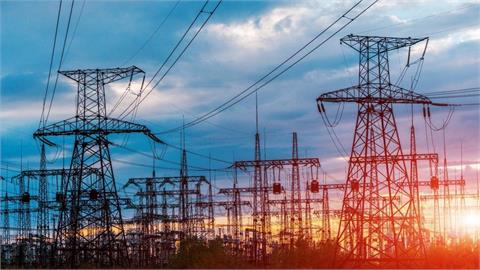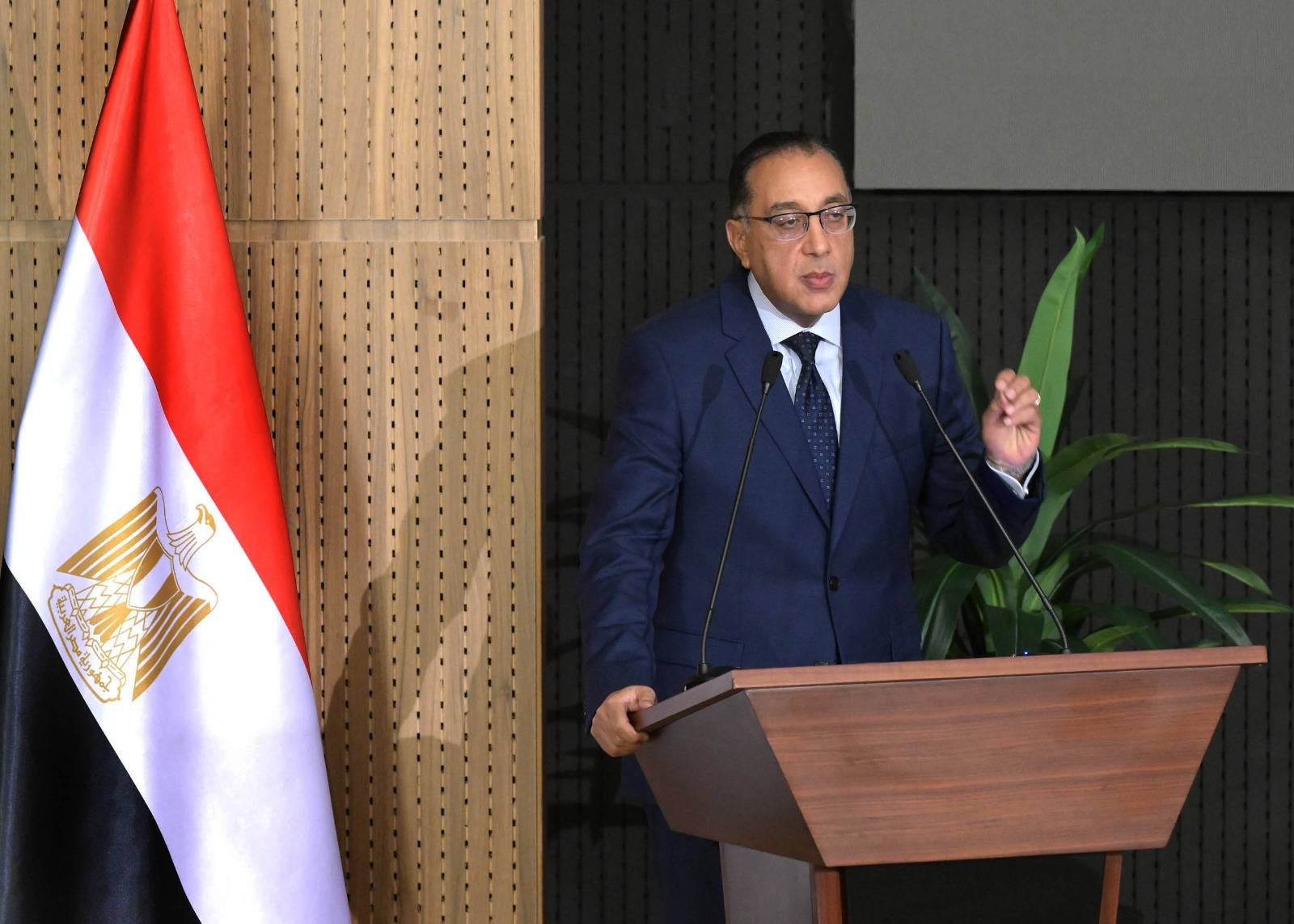Understanding the Current Power Situation
The current energy landscape is characterized by a complex interplay of factors that contribute to the frequency of power outages experienced across various regions. In recent years, the reliability of electricity supply has been tested in multiple areas, revealing challenges that both energy providers and consumers must navigate. Outages not only disrupt daily life but can have significant economic implications, affecting industries and households alike.

Aging infrastructure is one of the primary contributors to the increasing occurrences of power outages. Many electrical grids in developed countries were constructed decades ago and have not undergone the necessary upgrades to meet contemporary energy demands. This outdated infrastructure is often ill-equipped to handle sudden spikes in usage, particularly during peak seasons when demand for electricity skyrockets—such as during extreme heat waves or cold snaps. The resulting strain on the system can lead to failures and outages that leave entire communities without power.
In addition to infrastructure issues, seasonal demand fluctuations further exacerbate the situation. Energy consumption patterns change dramatically throughout the year, leading to specific periods where the strain on the grid is particularly intense. Power providers often struggle to anticipate these changes, resulting in inadequacies that can culminate in significant delays in service restoration during outages. Natural disasters, including hurricanes and wildfires, also play a critical role in this dynamic, as they can damage essential energy facilities and destabilize the already vulnerable grid.
Given these challenges, it is evident that the current power situation requires urgent attention. Energy providers must tackle the increasingly complicated landscape of outages, marked by both natural and man-made factors. For consumers, understanding these dynamics is essential, as it empowers them to make informed choices regarding their energy usage and preparedness for potential outages.
Innovative Solutions to Prevent Power Outages
As society increasingly relies on electricity for everyday activities, innovative solutions to prevent power outages are crucial. Advancements in renewable energy sources play a significant role in enhancing energy reliability. Technologies such as solar and wind power not only reduce dependence on fossil fuels but also create decentralized energy systems that minimize the risk of outages. By harnessing local energy sources, communities can become more resilient to disruptions, as they are less reliant on a centralized grid.
Another significant advancement is smart grid technology. Smart grids utilize digital communications to detect and respond to potential outages in real-time. This intelligent infrastructure allows for automatic rerouting of electricity during fault conditions, thereby maintaining power supply continuity. By integrating smart meters and sensors throughout the grid, utility companies gain valuable analytics on energy consumption patterns, which can inform more effective maintenance and operational decisions, ultimately minimizing outages.
Energy storage systems also contribute substantially to the prevention of power disruptions. Technologies such as lithium-ion batteries allow for the storage of excess energy produced during peak times for later use. This not only optimizes the utilization of generated power but also provides backup energy during unexpected failures. Case studies from various regions that have implemented large-scale energy storage projects have shown a marked decrease in outage frequency and duration, showcasing their effectiveness.
Lastly, predictive maintenance strategies empowered by artificial intelligence and machine learning tools enable utility companies to identify potential failures before they escalate into outages. By analyzing data from equipment sensors, companies can schedule timely repairs and replacements, ensuring the grid operates efficiently. These technological advancements represent a holistic approach to energy reliability, aiming to greatly reduce the incidence of power outages in the future.
The Role of Policy and Community Engagement
In the quest for a reliable electricity supply, robust policy frameworks and active community engagement play crucial roles. Government policies can significantly influence the development and enhancement of energy infrastructure, and they can be instrumental in establishing a stable power supply. To this end, creating incentives for both private and public sectors can facilitate substantial investments in energy infrastructure, including the modernization of existing facilities and the construction of new ones.
One of the most impactful strategies involves encouraging private enterprises to invest in renewable energy initiatives. By offering tax credits, grants, and other financial incentives, governments can stimulate the growth of renewable energy sources, such as solar, wind, and hydroelectric power. These initiatives not only contribute to a more sustainable energy landscape but also play a pivotal role in mitigating the impacts of climate change. Developing policies that prioritize renewable energy can help secure energy independence and reliability, two essential factors in reducing power outages.
Furthermore, public-private partnerships (PPP) can foster collaboration between the government and private sectors, pooling resources and expertise to create innovative solutions for energy challenges. A well-structured PPP can leverage the strengths of each partner, leading to the successful implementation of projects aimed at improving grid resilience and expanding energy access to underserved communities.
Local communities are equally vital in this dialogue. By advocating for better energy solutions and participating in energy conservation practices, residents can influence policy decisions that impact their lives. Grassroots movements can promote awareness and foster a culture of sustainability, compelling local governments to prioritize energy-related issues. Active community involvement, combined with supportive policy frameworks, can consequently drive the transition towards a more reliable electricity supply, benefiting everyone.
Looking Ahead: What Future Energy Systems Will Look Like
The future of energy systems is poised for transformative changes that promise to make power outages a relic of the past. As we progress, the integration of advanced technologies, particularly artificial intelligence (AI), will redefine how we manage and distribute electricity. Smart grids powered by AI are set to revolutionize energy management, allowing for real-time monitoring and predictive analytics that optimize resource allocation. This technology will enable utilities to respond proactively to demand fluctuations, thus minimizing the risk of outages and ensuring a continuous energy supply.
Decentralization is another key aspect of future energy systems. The shift away from centralized power generation towards localized energy sources—such as solar panels and wind turbines installed on residential and commercial properties—will empower individuals and communities to generate their own electricity. This decentralized approach not only enhances energy security but also contributes to resilience against natural disasters or technical failures that could disrupt larger grids. As more homes and businesses adopt renewable energy solutions, the collective output can be aggregated and shared, further stabilizing the energy supply.
Sustainability will also play a crucial role in the future of electricity systems. Transitioning to renewable energy sources, such as solar, wind, and hydroelectric power, is essential for reducing carbon emissions and combating climate change. Innovations such as energy storage technologies, including advanced batteries, will allow for the effective use of intermittent renewable resources, ensuring that surplus energy produced during peak generation periods can be stored and utilized when demand is high. As sustainability becomes increasingly prioritized, we can anticipate a collaborative effort among governments, businesses, and consumers to develop clean, reliable energy solutions and foster a more resilient grid.
By embracing these advancements, we not only improve our energy experiences but also contribute to creating a more sustainable future for generations to come.


